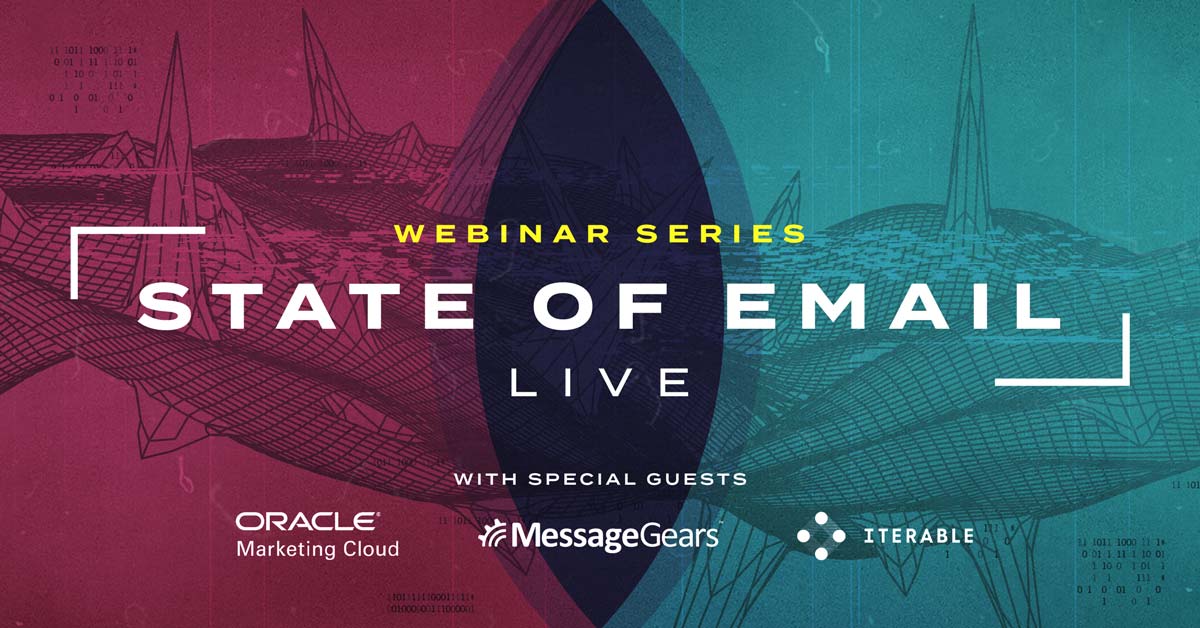
The stars aligned and we managed to get three, count ‘em THREE, email titans on our most recent State of Email Live webinar. Joining host Guy Hanson was Dan Denewith, senior director, strategic services (deliverability) at Oracle Marketing Cloud, Will Devlin, vice president of marketing at MessageGears, and Seth Charles, principal email deliverability and industry relations manager at Iterable. They got down to brass tacks discussing the differences between email service providers (ESPs) and customer data platforms (CDPs), and when email senders might need either/or.
Considering the years of email expertise packed on the panel, it’s not easy to boil the conversation down into one huge takeaway, but I’m a professional. After listening to the super-sized episode and poring over my notes, I’ve determined the biggest “ah ha!” moment for me as a marketer.
Although it might seem surprising, ESPs and CDPs are at their most effective when you use them together rather than choose one over the other.
Woah.
Looking at them as the yin and yang of email marketing is probably the best approach, understanding your ESP is primarily used to actually deploy your email and manage the relationship you and your domains have with the email ecosystem. However, by syncing a CDP up to an ESP, you’re able to really tailor, personalize, and improve your email marketing campaigns by pulling in dynamic information like demographics, preferences, and more.
Dan, Will, and Seth also provided email marketers with some must-know signs your current ESP or CDP isn’t the right fit, what questions you should be asking any potential vendor when finally making the switch, and overall just created a can’t-miss hour of programming all email geeks will want to enjoy.
The full episode is available below.
Join us in three weeks for our next iteration of State of Email Live, featuring Tom Buchok of MailCharts, as he and Guy discuss how email marketers approached sales over the last six months, their predictions on what H2 of 2020 will look like in comparison to years prior, and review examples of some of the most effective emails we’ve seen yet. See you then.